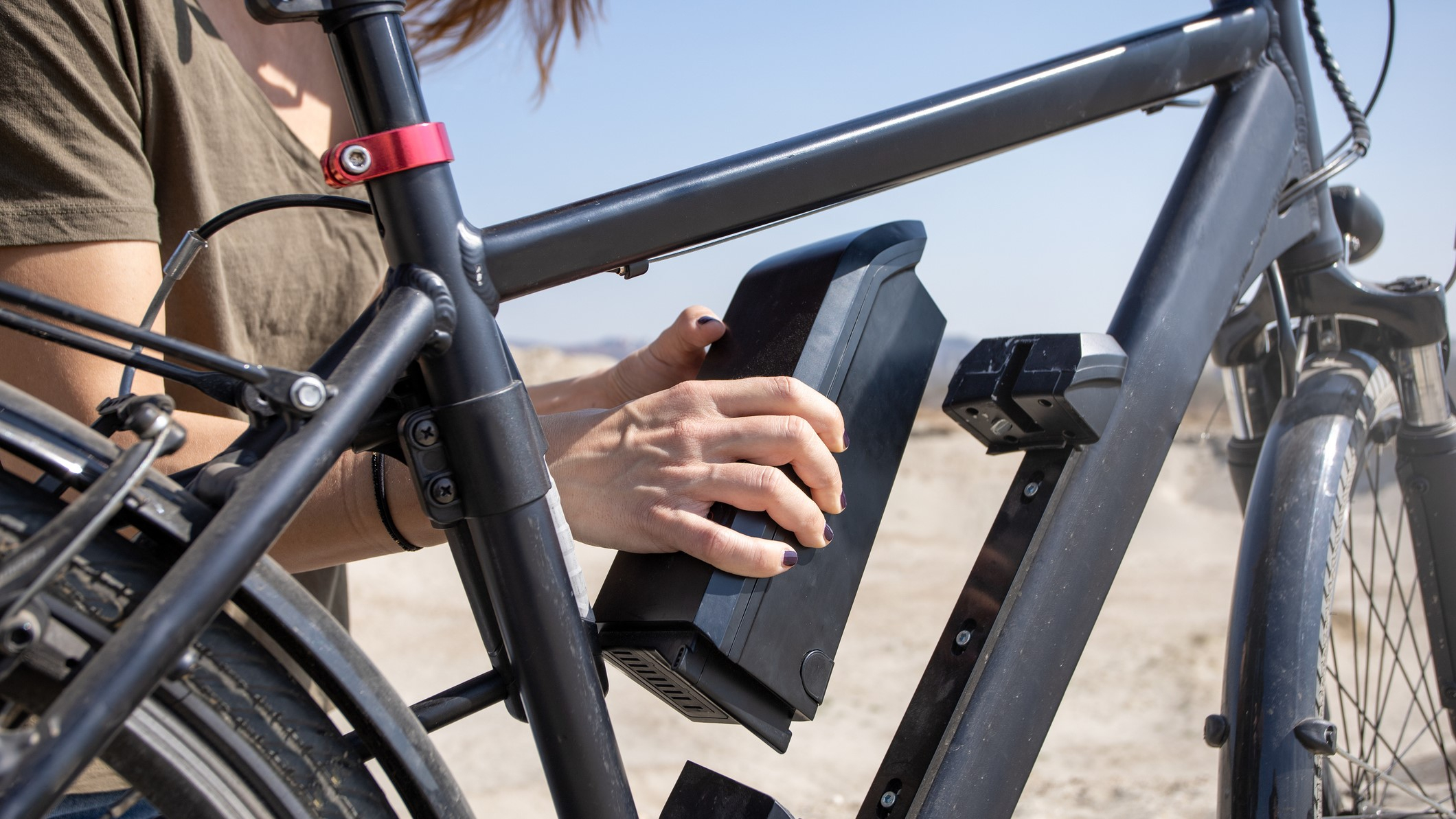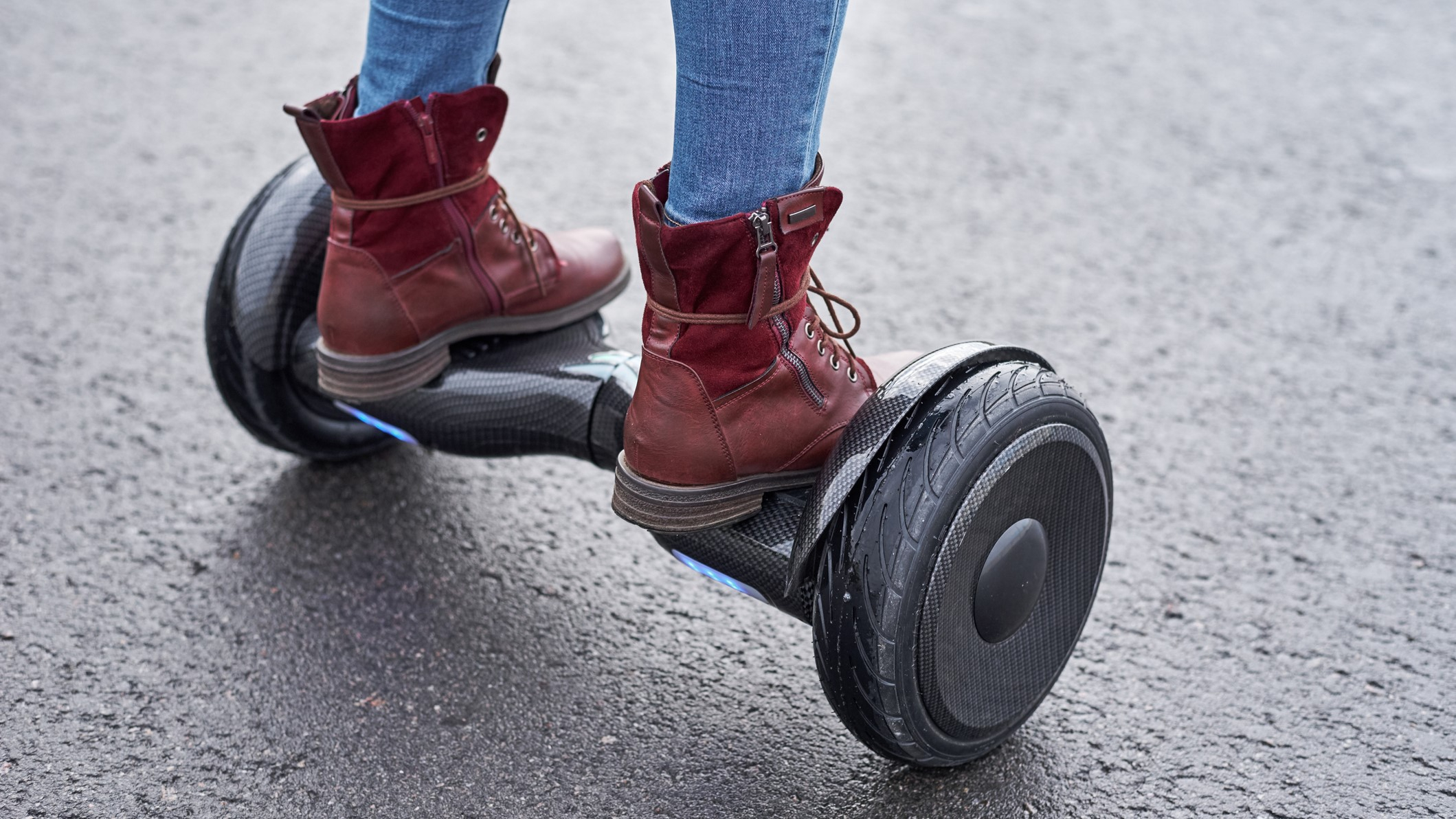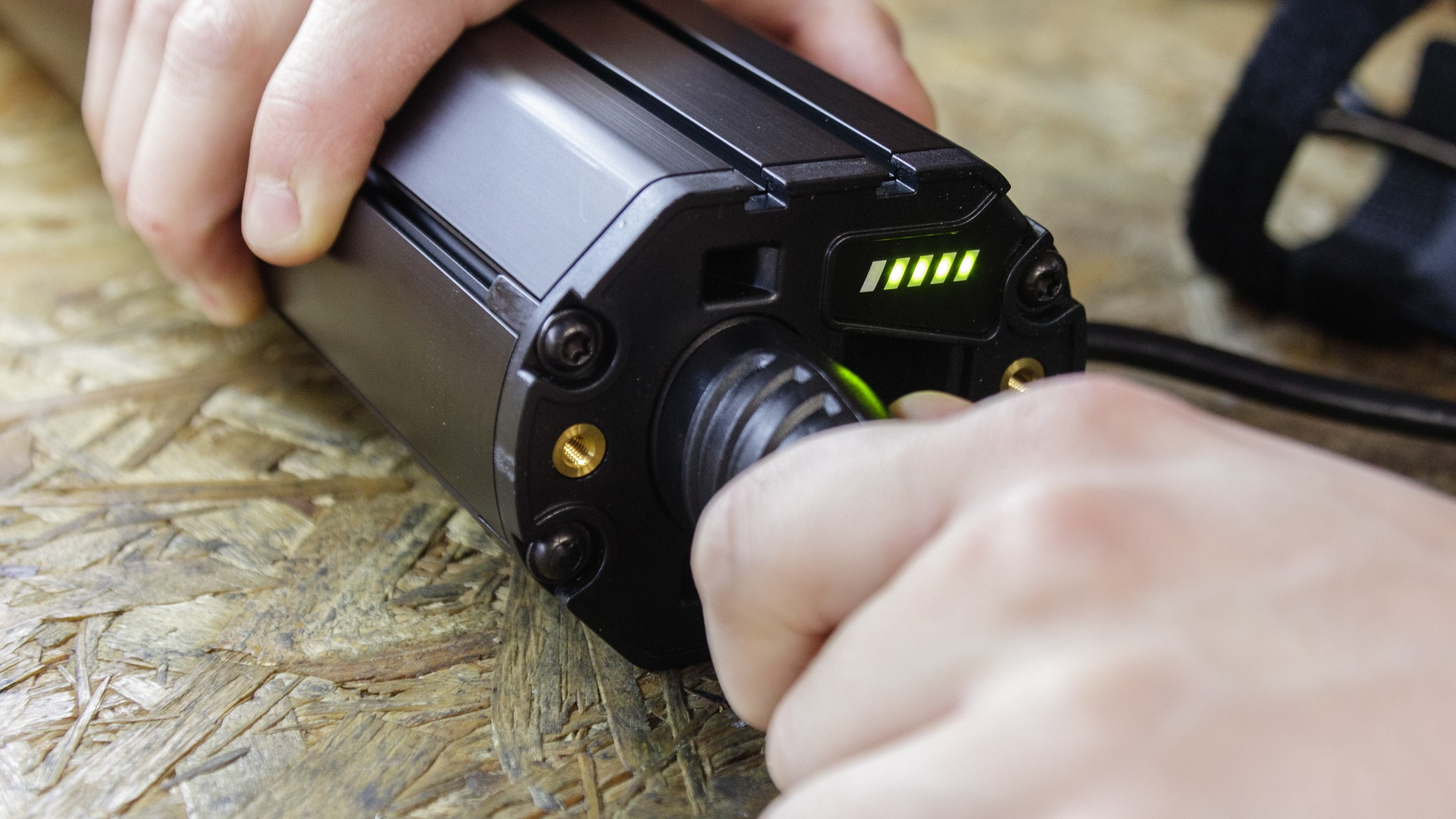Why e-bike battery fires happen, and how you can avoid them
Simple steps you can take to limit the chances of an accident

E-bikes are great for bikepacking and exploring the great outdoors, letting you roam further and more easily, but they do have certain risks. Take a look at the news, and you'll see several tragic stories of e-bike batteries going up in flames and sometimes causing deadly house fires. In February alone, several New York residents have been killed or injured in fires caused by e-bike batteries
So why do those fires happen, and what can you do to make sure your e-bike is safe? First, it's useful to know how e-bike batteries work.
E-bikes use lithium-ion batteries, which are made up of cells. Each cell contain two electrodes with an electrolyte fluid in between. As the battery is charged or drained, electrons move from one electrode to the other.
The electrolyte fluid is highly combustible, which isn't a problem if everything is working properly, but if it overheats for some reason it can catch fire. If one battery cell ignites, it can create a chain reaction, causing the neighboring cells to also overheat. Pressure builds up inside the battery housing, and the whole unit can eventually explode.

This isn't a problem that's exclusive to e-bikes. Any device with a lithium-ion battery has the potential to ignite. In 2016, the Samsung Galaxy Note 7 smartphone made headlines for battery defects that caused several units to overheat or explode.
Hoverboards are another infamous example. In 2015, there were countless reports of the two-wheelers catching fire, which resulted in them being banned by all major US airlines, as well as stores like Amazon and Toys R Us.
One of the main problems with hoverboards was the lack of regulations, which meant there were no standardized testing procedures or rules stating that designs had to include emergency shut-downs or holes to release pressure. Once the US Consumer Product Safety Commission put standards in place, hoverboards rapidly rolled back onto the shelves.
Advnture Newsletter
All the latest inspiration, tips and guides to help you plan your next Advnture!

Hoverboards were unusual because they became popular so quickly, regulations couldn't keep up. E-bikes have been around much longer, so there has been more time to establish design regulations that reduce the chances of fires.
However, those regulations are only useful if the manufacturer actually follows them. To make sure your e-bike is as safe as possible, make sure it's from a reputable manufacturer and sold by a retailer that adheres to local laws. Counterfeit goods may be shoddily built and much more dangerous.
Preventing e-bike fires
The UK-based National Fire Chiefs Council warns that you should always read the manufacturer's instructions before using or charging your new e-bike, and unplug the battery once it's finished charging.
Take care not to overcharge the battery. Your bike's instruction manual should advice on charge times.
Always use the charger supplied with your bike. If it becomes damaged or lost, contact the manufacturer for a replacement rather than picking up something cheap from a third party supplier. Don't overload sockets or use unsuitable extension leads.

Never cover the battery while it's charging, and never charge it in a place that contains combustible materials (such as a garage with oily rags and paint stripper).
Store batteries (or the whole bike if the battery is integrated) in a cool place, and make sure they're not in the way of an escape route or a communal area. If a fire does break out, you don't want it to block your way out.
Wherever you store your e-bike, make sure there's a fire alarm nearby and test it regularly.
E-bike batteries can be damaged in falls or crashes, which can make them more susceptible to fire. If you suspect your battery may be damaged or you can see signs of wear, you should remove and dispose of it safely. Don't attempt to charge it.
When it's time to dispose of a battery, don't toss it in the regular trash where it could be crushed, creating a fire risk. Instead, the US Environmental Protection Agency recommends taking it to a specialized battery recycler, or a retailer than runs a battery takeback scheme. You can also use a hazardous waste collection program.
Handling fires
If an e-bike battery does catch fire, the advice from the National Fire Chiefs Council is to evacuate to a safe place and call the emergency services. Never try to tackle a lithium-ion battery fire yourself.

Cat is Homes Editor at TechRadar and former editor of Advnture. She's been a journalist for 15 years, and cut her teeth on magazines before moving online. She helps readers choose the right tech for their home, get the best deals, and do more with their new devices.
